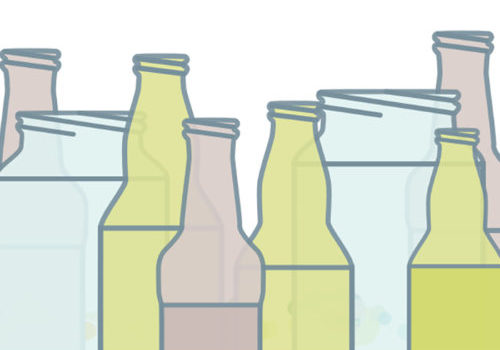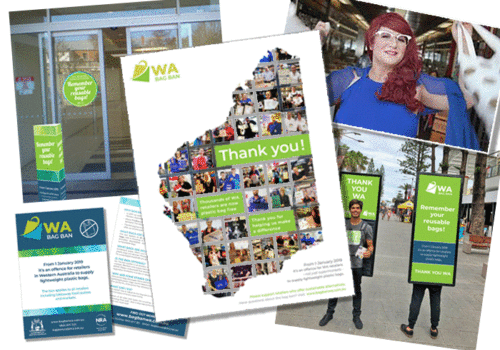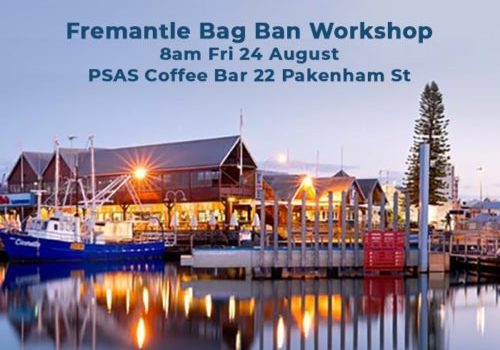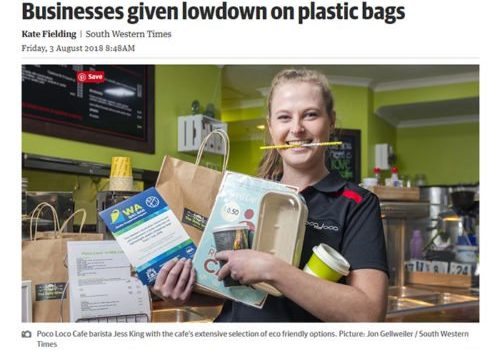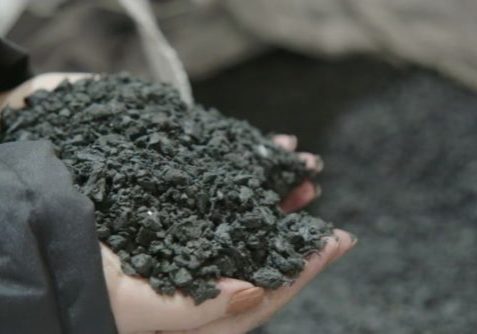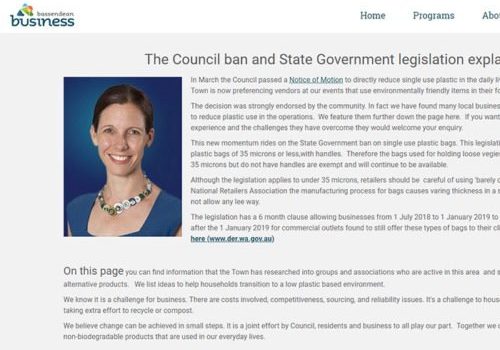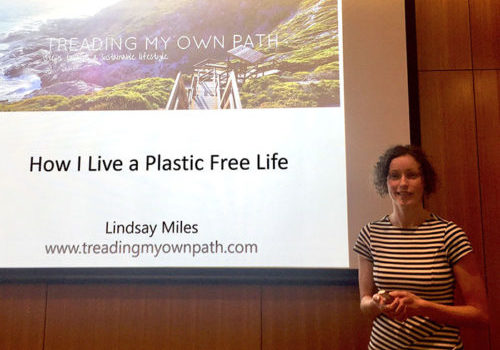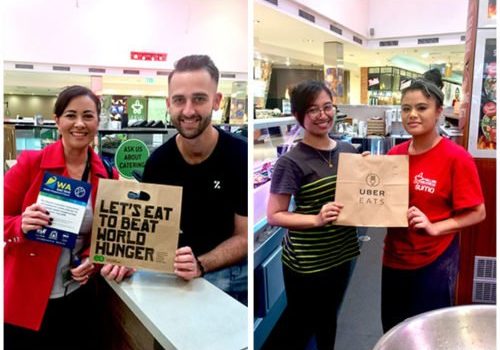NEWS & UPDATES
Questions to ask suppliers
November 1, 2018

Retailers that are weighing up alternative bag options should firstly consider whether you need to offer a bag at all.
If you do continue to supply bags to customers, here’s some questions to assess how sustainable the options are.
- Materials
- Is it just one material or a blend of materials? Bags made from a blend of materials or with components made of different materials (eg. paper bag with plastic handles, biodegradable plastic bags) can be harder to recycle.
- Are the inks or dyes used (if any) environmentally friendly? Look for sustainable inks or dyes that are not petroleum-based.
- If made from paper is the paper bleached or un-bleached? Unbleached paper does not require as many chemicals as bleached paper. It is also more suitable for composting or recycling.
- What resources (eg. water, fuel, materials) are required for their production? Some seemingly ‘natural’ materials may consume large quantities of water and chemicals in production.
- Are they made from bioplastics?
- Remember that biodegradable, compostable and degradable plastic bags less than 36 microns are included in the ban and current research suggests they may be just as bad for the environment… Read more >
- Can the supplier provide certifications such as Sustainable Forestry?
- Reuse & recycling
- How many times can the bag be reused?
- Can it be washed?
- Has the manufacturer tested its durability?
- Can the bags be recycled locally and easily?
- Recycled content
- Does the bag include recycled content? If so, how much and is it verified?
- If plastic, what is the thickness of the plastic? Is it 36 microns or above in every part of the bag, and every batch? Can the supplier provide evidence to confirm the micron level of the bag(s)?
- It is vitally important that any plastic bag is 36 microns or above in ALL PARTS OF THE BAG, and that your supplier can confirm this. An average or labelling on the bag is not sufficient.
- Consider how customers will perceive a plastic bag – does it look similar to a banned bag? will they see value in it?
- Source
- Are they produced in Australia? Reducing the distance the bag travels from manufacture to the customer can reduce greenhouse gas emissions.
- If they are imported, how far have they travelled?
- Who makes the bags and are they ethically made?
- Fit for purpose
- How much weight can the bag safely carry?
- What is the size of the bag?
- Is the bag leak proof?
- Is it well made for washing and reuse?
- Is the design suitable for your brand? Does it have any labelling that could be misleading? Does it have a barcode for bag fees?
- What are other retailers in my sector using? See real-world examples >
- Cost
- What’s the cost per unit, based on different order volumes?
- Some retailers have reduced costs by combining with a few other retailers with similar needs to access volume discounts.
- Is the cost price equal or less than what customers would be prepared to pay for it?
- The price is your choice but NRA research found that consumers are willing to pay 10-50c for recycled paper bags, 15c for thick recycled content plastic bags, $1-2 for non-woven ‘green’ bags, $2-5 for cotton/nylon/jute/hessian bags
- Bag fees are another measure you can use to reduce consumption of materials and positively impact the environment.
- How many will you really need?
- IMPORTANT: When the bag ban is implemented, many more customers use their own bags.
- Retailers in other states where bag bans are in place report that they need only about 10% of the volume of bags they used to, particularly if they have introduced bag fees.
- You may want to order a small quantity and reassess after the ban has been in place for a few months.
- What’s the cost per unit, based on different order volumes?
Unsure?
Contact the National Retail Association for advice and insight on what we’ve learned from thousands of retailers: bagbanwa@nra.net.au or 1800 817 723.

